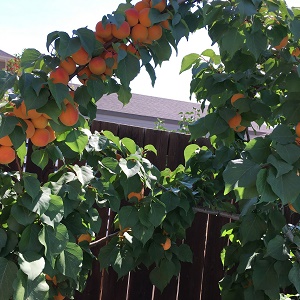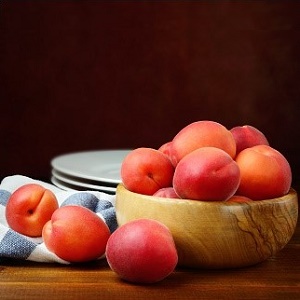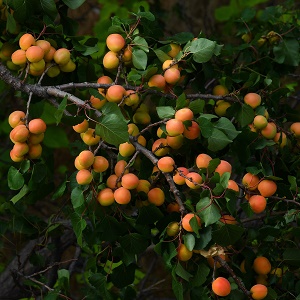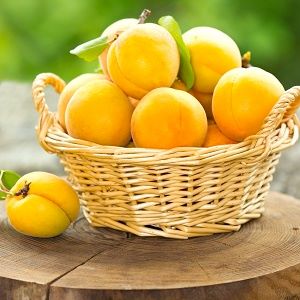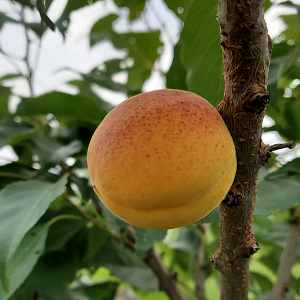Apricot : MORDEN 604 Semi-Dwarf (Manchurian)
$61.95
The first of the improved, ultra-hardy prairie varieties and still considered as good as any. This Scout x McClure cross was developed at the Ag Canada research facility in Morden, Manitoba, and introduced in 1946. The fact that it became well-known and respected despite the lack of a 'real' name speaks volumes about the quality and staying power of Morden 604. Fruit size is quite large at 4.5cm(1¾")average, with a sweet, pleasant flavour. Cold hardiness is legendary with flower buds hardy to at least -40°C. Although Morden 604 is highly recommended for Western Canada, it is less suited for the typical temperature swings of late winter and early spring in the Eastern half of our nation.
SELF-FERTILE | ZONE 2/3 | HARVEST : LATE JULY
Rootstocks
G41 Dwarf
G935 Small Semi-Dwarf
G969 Small Semi-Dwarf
G30 Semi-Dwarf
G890 Semi-Dwarf
Pollenator definitions
NEEDS A POLLENIZER ̶ means another tree of the same type or kind but a different variety must be blooming nearby at the same time.
EXAMPLE A Liberty apple and a Wealthy apple can cross-pollinate. Two trees of the same variety ie: ̶ 2 Wealthy apples, cannot cross pollinate because they are genetically identical.
Other trees are marked as SEMI-FERTILE. These will set fruit without a second tree. However they will often bear more, and sometimes larger fruit if another variety of the same kind of tree is nearby.
You can select 2 different trees of the same kind marked as NEEDS A POLLENIZER or plant one of those along with one SELF-FERTILE or one SEMI-FERTILE. Also consider ripening times ̶ a Goldrush apple might not start blooming before a Pristine is finished.
Other products in this zone
Growing Tips
One of the key factors that determines cold-hardiness for tender fruit trees such as apricots and peaches is how well they harden off in the fall. Any activity that stimulates growth should be avoided after August 1. This includes fertilizing, overly frequent watering and pruning.
